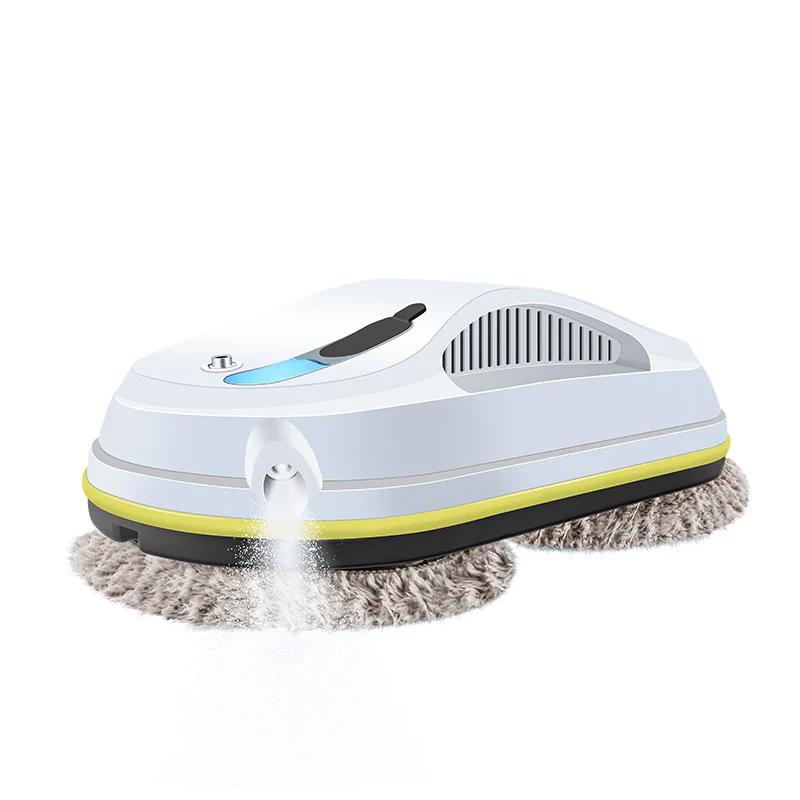Major Companies Shaping the Cleaning Robot Market

The competitive landscape of the cleaning robot market is a dynamic arena where established pioneers, fast-moving innovators, and traditional appliance giants vie for market share. A strategic analysis of the Cleaning Robot Companies List reveals distinct competitive positioning strategies among the key players. iRobot, the market's long-standing incumbent, has built its strategy around strong brand equity, a vast patent portfolio, and a reputation for reliability and cleaning performance. Its Roomba brand enjoys unparalleled name recognition, which provides a significant marketing advantage. iRobot's R&D focus has been on developing proprietary technologies like its vSLAM navigation and AI-powered obstacle avoidance, aiming to differentiate itself through superior intelligence and real-world cleaning effectiveness. This strategy positions iRobot as a premium, trusted brand, particularly in the North American market, where it has historically held a dominant share. However, this premium positioning is increasingly being challenged by competitors offering similar or more advanced features at a lower price point.
In direct contrast to iRobot's established brand strategy, companies like Roborock and Ecovacs have pursued a strategy of rapid technological innovation and value leadership. These companies, with their roots in the hyper-competitive Chinese consumer electronics market, have been incredibly agile in adopting and commercializing new technologies. They were among the first to bring LiDAR-based mapping, advanced mopping systems, and multifunctional, self-cleaning docking stations to the mass market. Their strategy is to attract tech-savvy consumers who prioritize the latest features and performance metrics. By leveraging efficient supply chains and a direct-to-consumer online sales model, they are often able to offer their flagship products at a price point below their main competitors, creating a powerful value proposition. This has allowed them to rapidly gain market share globally and to put significant pressure on the incumbent leaders, forcing the entire industry to accelerate its pace of innovation. Their success demonstrates that in a technology-driven market, a strong product and feature set can effectively challenge long-standing brand loyalty.
A third strategic group consists of traditional home appliance manufacturers, such as SharkNinja and Samsung, who are leveraging their existing strengths to enter the robotics space. Their primary competitive advantage lies in their massive global distribution networks, established relationships with major brick-and-mortar retailers, and strong brand recognition in the broader home appliance category. Their strategy is to offer cleaning robots as part of a complete suite of home care products, often cross-promoting them with their traditional vacuums or other appliances. They compete by offering a "good enough" product at an accessible price point, often sold through high-traffic retail channels like Walmart and Target. While they may not always be at the absolute cutting edge of robotic technology, their powerful distribution and marketing muscle allows them to reach a broad segment of mainstream consumers who may be less tech-focused and more brand-loyal to their existing appliance providers. The Cleaning Robot Companies List size is projected to grow USD 70.54 Billion by 2035, exhibiting a CAGR of 22.3% during the forecast period 2025-2035. The interplay between these three strategic groups—the established pioneer, the tech-driven challengers, and the appliance giants—defines the intense competition within the consumer cleaning robot market.
Top Trending Reports -
Air Quality Monitoring Software Industry
Carbon Accounting Software Industry
Chip on Submount (CoS) Bounding and Testing Solution Industry


